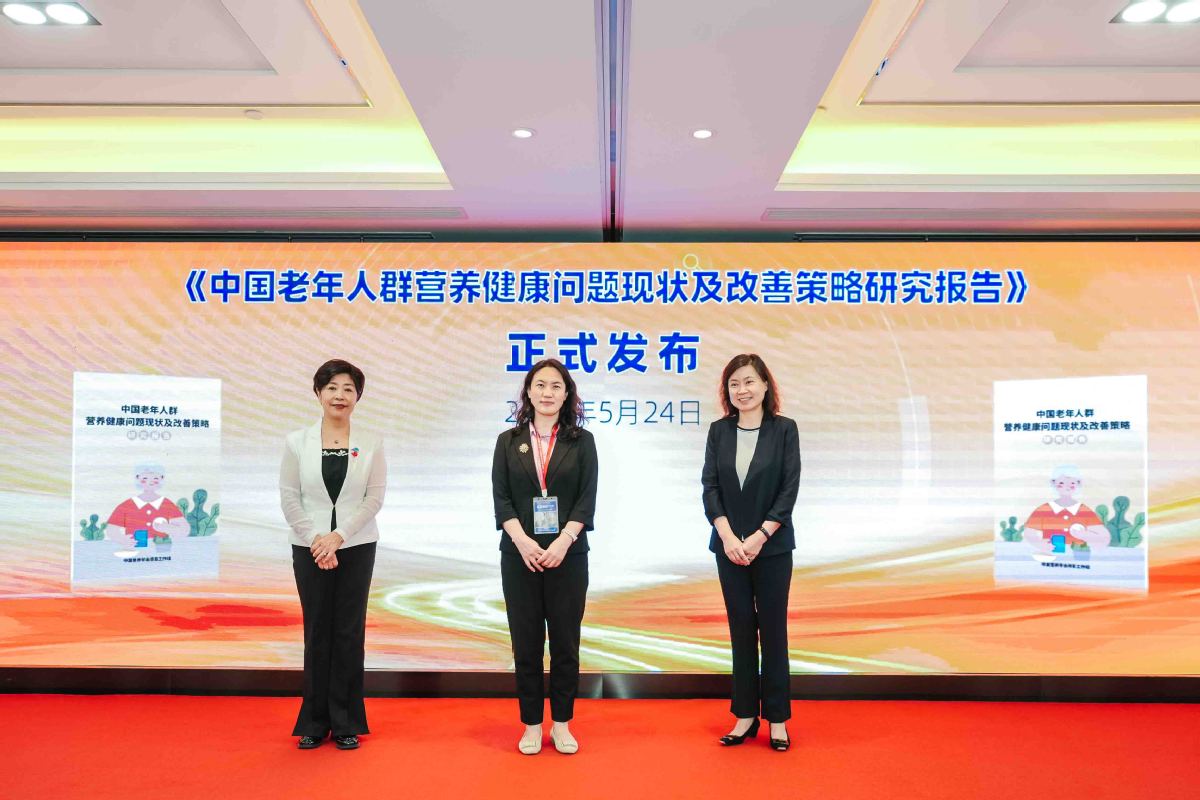Pre-elderly urged to lead healthier lifestyles


A new report from the Chinese Nutrition Society has found that the "pre-elderly" age group, those aged between 45 and 64, have a critical window through which they can shape long-term health, driving demand for functional nutrition solutions and innovations especially in the dairy sector.
The report, supported by food packaging and processing solution provider Tetra Pak, was released during the recent 31st annual meeting of the China Dairy Industry Association.
It states that adequate nutrition intake and the development of healthy lifestyle habits in "preparation for aging", will lay a foundation for healthy aging and reduce the risk of disease in later years.
However, a notable gap remains between awareness and action, with many in the pre-elderly group underestimating the need for timely nutritional intervention and therefore often missing the critical window before irreversible physical decline begins.
Han Junhua, secretary-general of the Chinese Nutrition Society, said: "Our previous work has focused mainly on those aged 65 and above. This time, we want to urge the 'pre-elderly' age group to act early. From a public health perspective, this age bracket is critical to preventing chronic illness and improving life expectancy."

The report suggests that it is essential for businesses to actively strive for precision, accessibility and sustainability in nutritional health improvement during the pre-elderly stage. The report also calls for a greater focus on the role of liquid dairy products, citing their balanced nutrition and ease of absorption.
Paul Zhu, president of Tetra Pak Greater China, said: "As public health awareness rises, we're seeing increasingly segmented and precise consumer demand, especially among children and the elderly. This sends a strong signal to the dairy industry that the time is right to double down on nutritional health needs of segmented populations."
Aligned with the report's findings and rising consumer expectations, Tetra Pak is offering packaging innovations tailored to different consumption scenarios. These include small-volume formats of 200 milliliters or less for snack channels and for precise nutrition intake, large packaging formats for food service and baking, and sustainable solutions increasingly favored by environmentally conscious consumers.
The company sees these innovations as enabling dairy producers to unlock "new channels, scenarios, product formats and consumer groups," while supporting the broader shift in dairy consumption habits from traditional fixed-location intake to more flexible, anytime-anywhere options, said the company.
At the recent Food and Beverage Innovation Forum 2025 held in Shanghai, Zhao Hui, general manager of dairy innovation for North China at Kantar Worldpanel, said that the aging population — often referred to as the "silver-haired group" — has become a key focus for the dairy industry.
"Their spending patterns have changed significantly from the past," Zhao said. "Today's elderly are financially secure, have ample leisure time and possess strong opinions. They are the mainstays of their families. It is crucial for everyone to recognize the importance of this elderly demographic."
Independent food and beverage analyst Zhu Danpeng echoed this view, saying that China already has an aging society with its elderly population now nearing 300 million. "And with it, the opportunities — particularly the urgent demand for essential dairy products — are also growing," Zhu said.
He said that international brands currently have an advantage in this space. "The aging started earlier in many international countries, giving them a head start of 20 to 30 years in terms of products, formulas and overall system development for the elderly market," he said. Many legacy dairy players, including Nestle, Danone, Mead Johnson and Abbott, are already well-prepared, not just with specialized products, but also with the organizational capacity to support the segment, Zhu added.




































